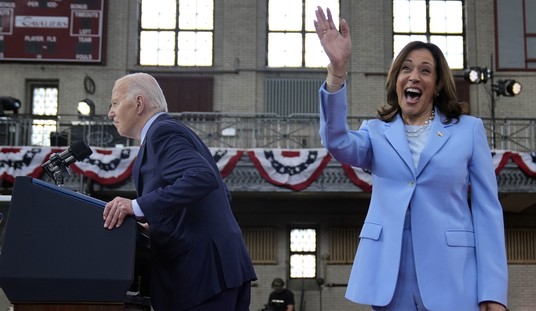
Saddam-controlled media commemorates the first anniversary of September 11, 2001


Women’s rights in Afghanistan


Hamas “activists” in Palestine


The handiwork of SE Asian Communists


Saddam Hussein’s victims, Halabja, Iraqi Kurdistan

What anti-Semitism hath wrought

New York City, 2001
UPDATE: Some are confused by the juxtaposition of images. What do Nazis and Communists have to do with Osama bin Laden and Saddam Hussein?
I’ll let Paul Berman answer that:
[E]ach of the movements, in their lush variety, entertained a set of ideas that pointed in the same direction.
The shared ideas were these: There exists a people of good who in a just world ought to enjoy a sound and healthy society. But society’s health has been undermined by a hideous infestation from within, something diabolical, which is aided by external agents from elsewhere in the world. The diabolical infestation must be rooted out. Rooting it out will require bloody internal struggles, capped by gigantic massacres. It will require an all-out war against the foreign allies of the inner infestation–an apocalyptic war, perhaps even Apocalyptic with a capital A. (The Book of the Apocalypse, as André Glucksmann has pointed out, does seem to have played a remote inspirational role in generating these twentieth-century doctrines.) But when the inner infestation has at last been rooted out and the external foe has been defeated, the people of good shall enjoy a new society purged of alien elements–a healthy society no longer subject to the vibrations of change and evolution, a society with a single, blocklike structure, solid and eternal.
Each of the twentieth-century antiliberal movements expressed this idea in its own idiosyncratic way. The people of good were described as the Aryans, the proletarians, or the people of Christ. The diabolical infestation was described as the Jews, the bourgeoisie, the kulaks, or the Masons. The bloody internal battle to root out the infestation was described as the “final solution,” the “final struggle,” or the “Crusade.” The impending new society was sometimes pictured as a return to the ancient past and sometimes as a leap into the sci-fi future. It was the Third Reich, the New Rome, communism, the Reign of Christ the King. But the blocklike characteristics of that new society were always the same. And with those ideas firmly in place, each of the antiliberal movements marched into battle.








Join the conversation as a VIP Member